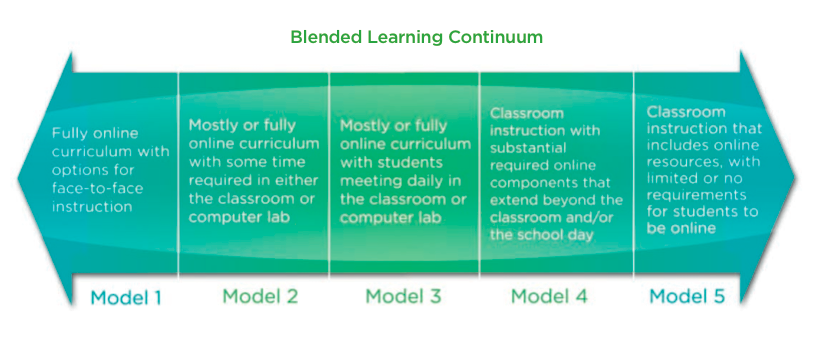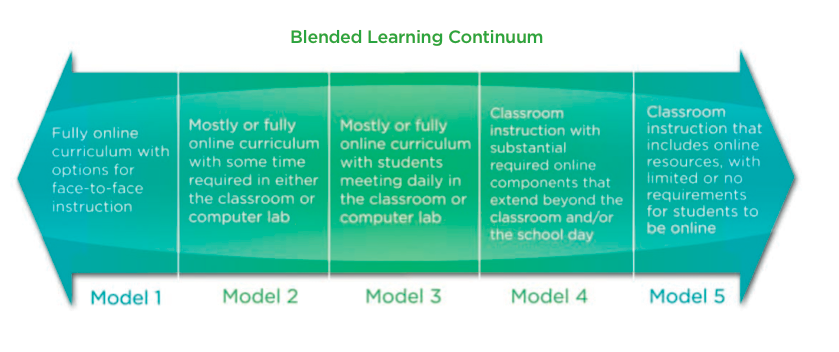Next week I am presenting to a range of senior Higher Ed staff on the definition of blended learning.
The best bit about having to discuss things like this with others is that you have to broaden your own view, whilst at the same time trying to establish a common agreement as to what blended learning means so that we can move towards it’s implementation.
With that in mind I came across 2 excellent ways of defining blended learning:
The first one which can be accessed here: http://www.jisc.ac.uk/media/documents/publications/effectivepracticeelearning.pdf and via my springpad account is fantastically simple but well thought out written definition:
“Blended learning offers a mix of face-to-face and online activities to provide a wider variety of learning opportunities.”
However, my challenge was then to provide a definition that attempted to identify the “variety”. There is one thing I have learnt about blended learning is that it is VERY broad, and although quotes like the one above can help to define it’s scope I always like to provide a more hands on practical suggestion.
This is when I came across this:

Blended Learning: Where Online and Face-to-Face Instruction Intersect for 21st Century Teaching and Learning.
Although based on a K-12 blended learning concept, as with all good models it transcends its original intention and is perfectly applicable in an H.E. setting (with some tweaks to the time references). The article this model came from can be accessed here: http://sprng.me/h07u5
If you have any other useful definitions of Blended Learning or models I would love to hear from you – just visit the contact section or put a comment below.




No responses yet